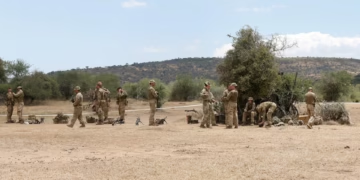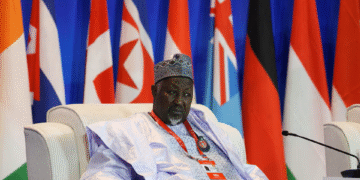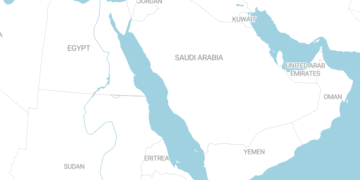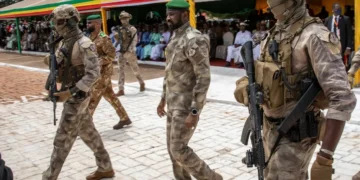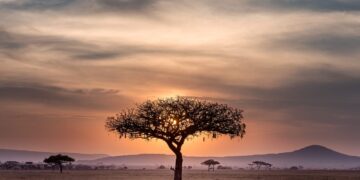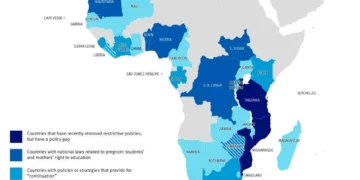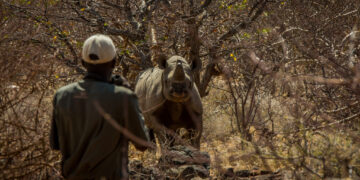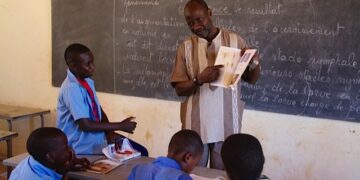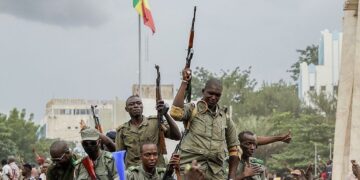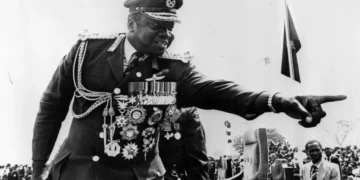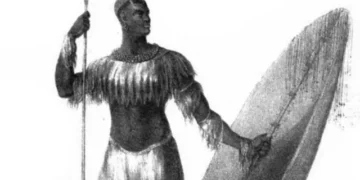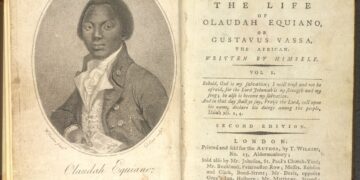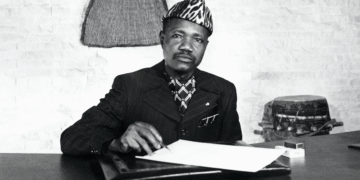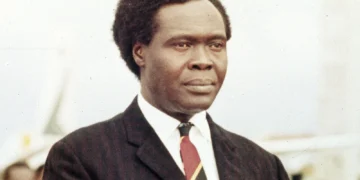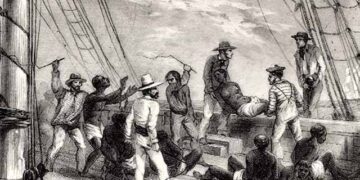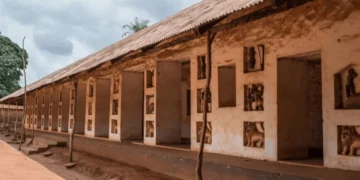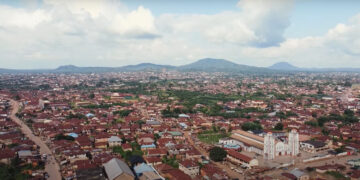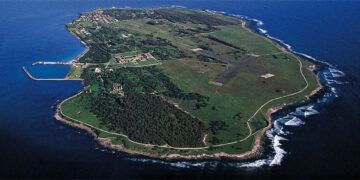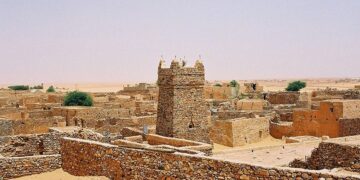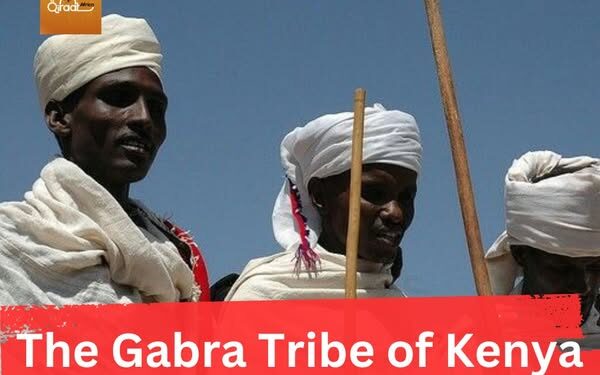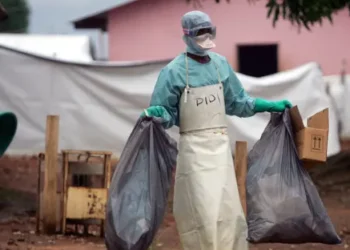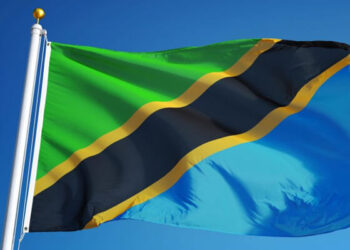The Gabra (also Gabbra or Gebra) are a Cushitic ethnic group who live primarily in northern Kenya’s Moyale and Marsabit areas, as well as southern Ethiopia’s highlands. They are related to the wider Oromo people in the Horn of Africa. They mainly inhabit the Moyale and Marsabit regions of northern Kenya and the highlands of southern Ethiopia. They mostly practice Islam and Christianity as religion but maintain mandatory cultural practices.
According to 101lasttribes.com, the Gabra’s ornamentation and physical culture are similar to those of other Cushitic-speaking camel herders. The Gabra live in an area surrounded by other ethnic groups, such as the Turkana (turkan), the Rendille (rendil and Somali, all of whom the Gabra describe as warra dassee (“people of the mat”), in reference to the mat-covered, portable tents that accompany their nomadic lifestyle), the Samburu (kora), the Boran (Borana, are described by the Gabbra as warrra buyyoo (“people of the grass”), in reference to the grass huts that characterize their sedentary lifestyle), the Gabra regards them as adversaries (nyapa). Marriage can, however, occur between a Gabra and Rendille, as well as a Gabra and Boran.
For centuries, they have moved with the seasons, their settlements—known as “Mandu”—designed to be temporary, easily dismantled and rebuilt as they follow the rhythms of the desert. The landscape has shaped their way of life, demanding both adaptability and an unbreakable sense of community.
They have a mixed-livestock economy consisting of camels, cattle, sheep, and goats. It is almost entirely based on reciprocity. Most central to the way of life and economy is the camel. When a Gabra comes into possession of a camel, it’s named to ensure the Gabra’s right of ownership.
The camel will be loaned or given to other Gabra in need, and a future act of reciprocity will be expected. In this sense, camels provide great security; they also provide most of the meat and the dry season’s supply of milk. The also transport goods and water from foraging areas to surrounding villages. Selling camels and their by-products to outsiders is taboo.
Gabra life is labor-intensive, so everyone has specific tasks. Although the men decide when to migrate, women pack and unpack the campsite before and after migration. In fact, women “own” the huts and have complete authority over them. From age 7, children work six to seven hours a day, mainly tending the animals, while grandmothers largely rear and educate the young.
Among Kenya’s diverse ethnic groups, the Gabra stand out for their minimalist yet functional attire. Men often wear simple white robes with a sash tied around the waist, carrying a curved wooden staff. A symbol of their role as herders. Women favor colorful fabrics and layers of intricate beaded jewelry, each piece telling a story of marital status, age, and social standing.







